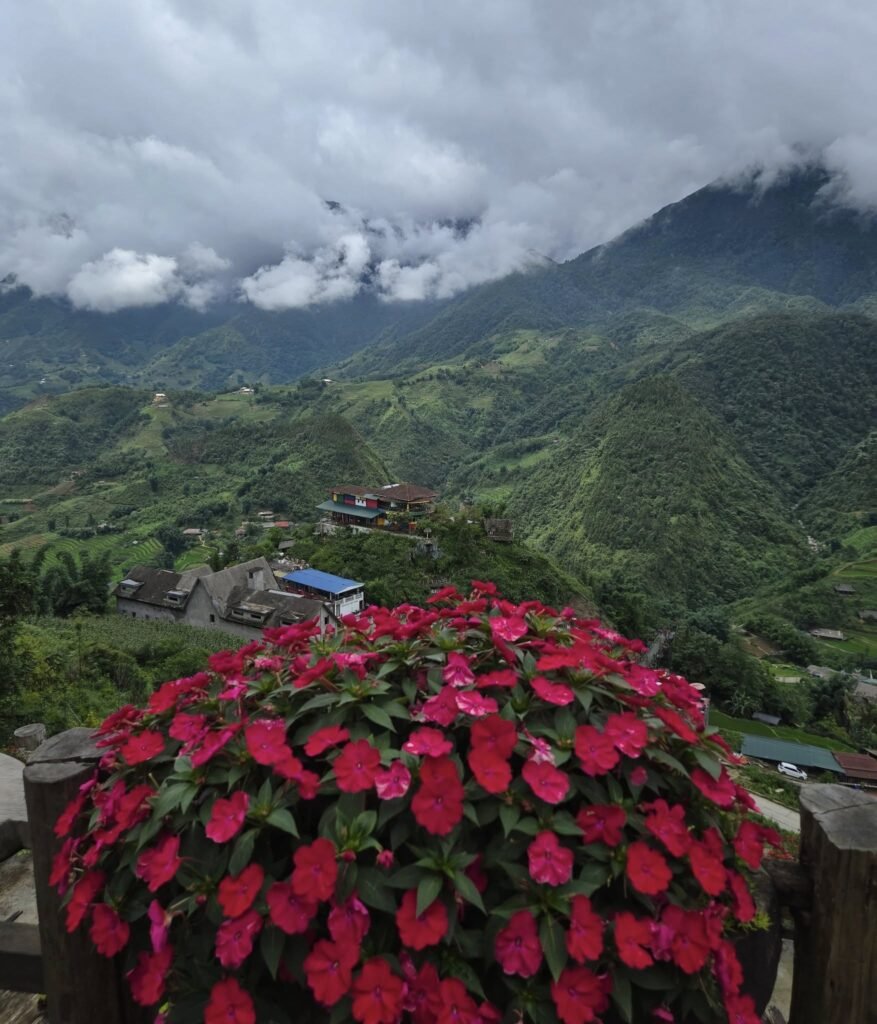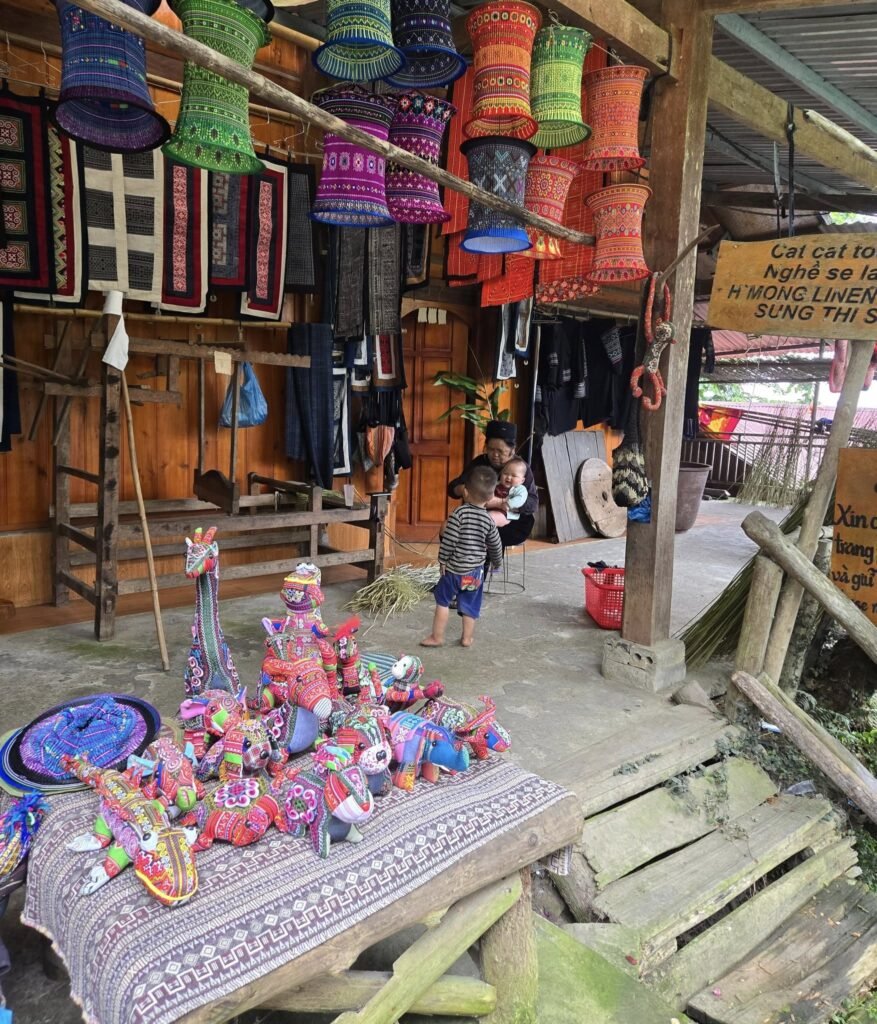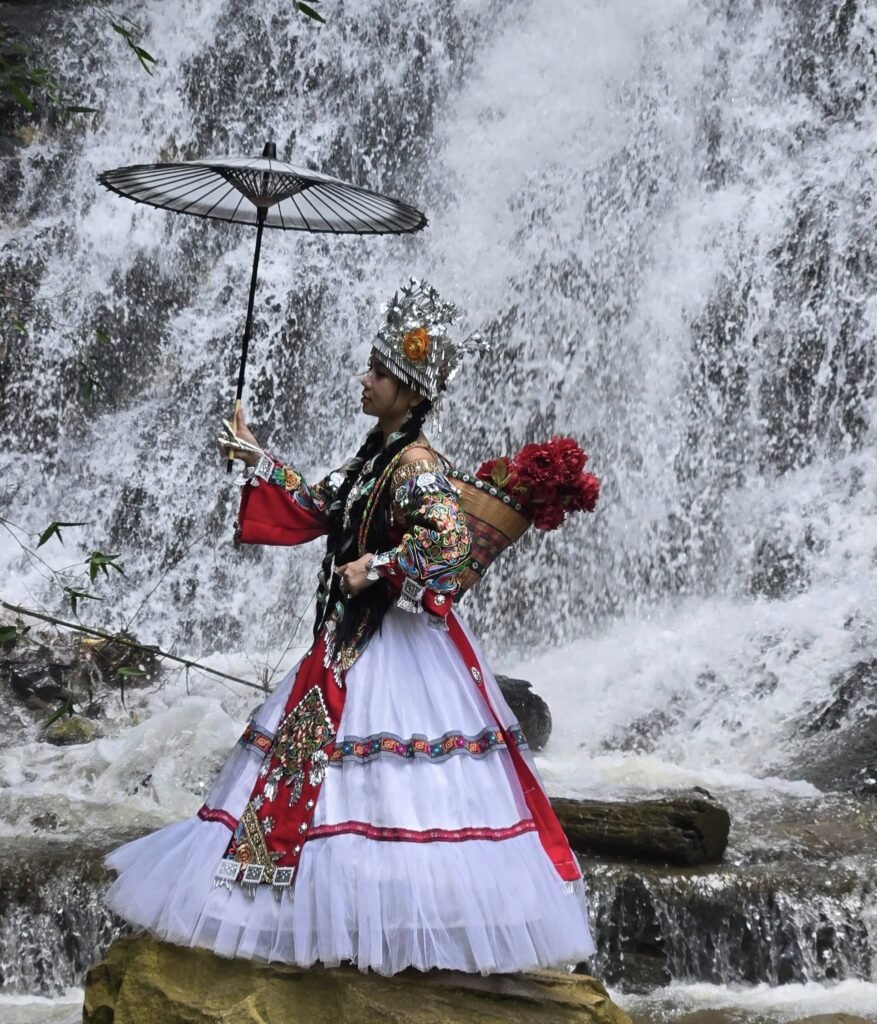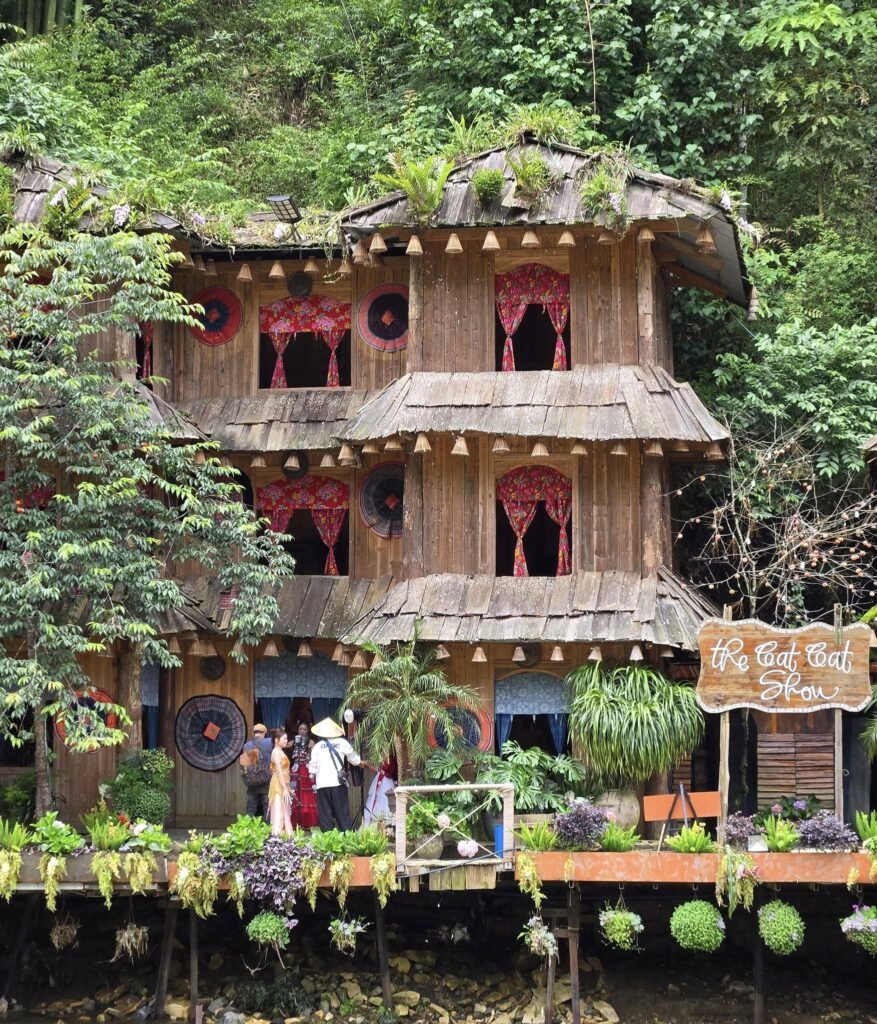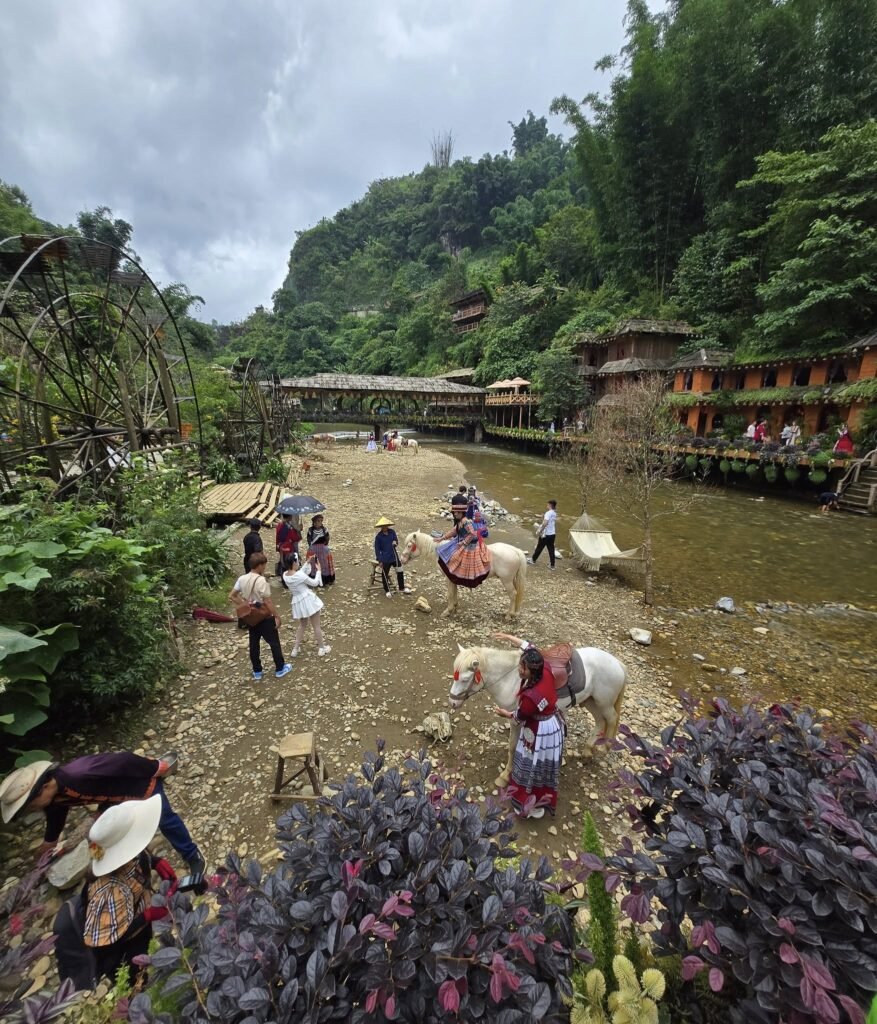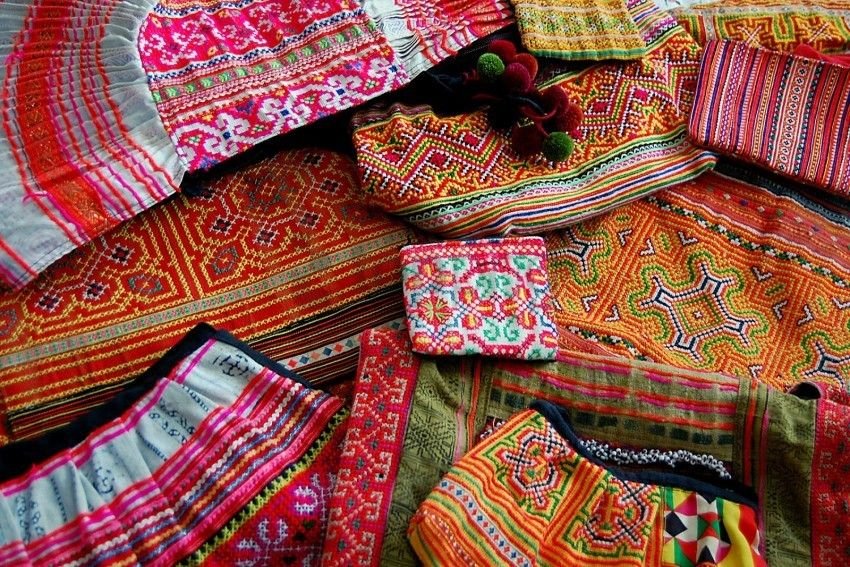The Spirit of Vietnam’s Indigo Hills. A Story of Cát Cát
Nestled beneath clouds that kiss the steep peaks of the Hoàng Liên Sơn Mountains, the Vietnamese village of Cát Cát breathes in harmony with the earth. Long before the world knew its name and maps traced the ridges of northern Vietnam, the H’Mông people found a place they called home. Drawn by a shimmering silver waterfall cascading over rocks and the voice of water echoing through the valleys, they built wooden houses and planted the seeds of tradition from which generations would blossom.
The villagers believed the mountains were alive—sentinels wrapped in mist. It was said the wind carried the whispers of ancestors, and the streams sang lullabies to soothe wandering spirits. A deep reverence for nature shaped the soul of the village.
Cát Cát became the cradle of craftsmanship. In the pale glow of hearth fires, H’Mông women dyed cloth in the inky blue of indigo, extracted from plants on terrace gardens. Indigo was not only a color but a connection—a symbol of protection and balance, passed hand to hand like a secret recipe. And they stitched symbols into fabrics: butterflies for hope, spirals for time, stars for guidance. Their “paj ntaub” embroidery became both decoration and a living, secret language.
Every color told a truth. Red pulsed with the warmth of love and brave new beginnings—worn by brides on the threshold of a new life. Yellow was woven from light, a golden prayer for harvests and sunlit joy. Green whispered of bamboo forests, rice terraces, and the quiet strength of trees. Black was a warrior—wise, elegant, worn by elders on nights of reflection. White cradled endings and beginnings—the stillness between a farewell and a newborn’s first cry.
And so the villagers lived in rhythm with the earth and the seasons. They celebrated with dances that imitated cranes, drums that mimicked thunder, and songs that preserved memories forgotten by history.
Even as the world changed and the winds of Sapa carried sounds from distant cities, Cát Cát remained anchored—not frozen in time, but timeless. Travelers arrive with cameras around their necks and wonder in their eyes, discovering the heritage of this place. They marvel at the waterfall, the colorful textiles, and the smiles etched in the villagers’ faces.
But to truly know Cát Cát is to understand that it is more than a place—it is a spirit. A living story, passed from loom to loom, from whisper to whisper, from echo to echo, high in the mountains where the wind scented with indigo never dies.
